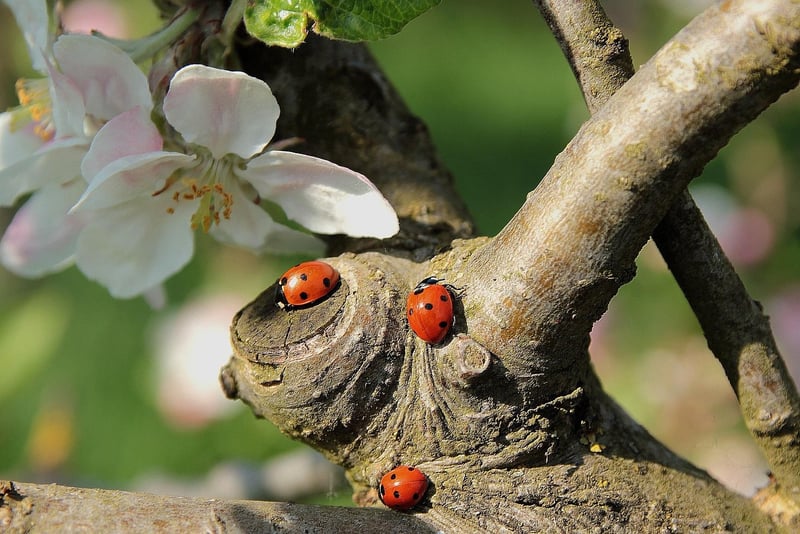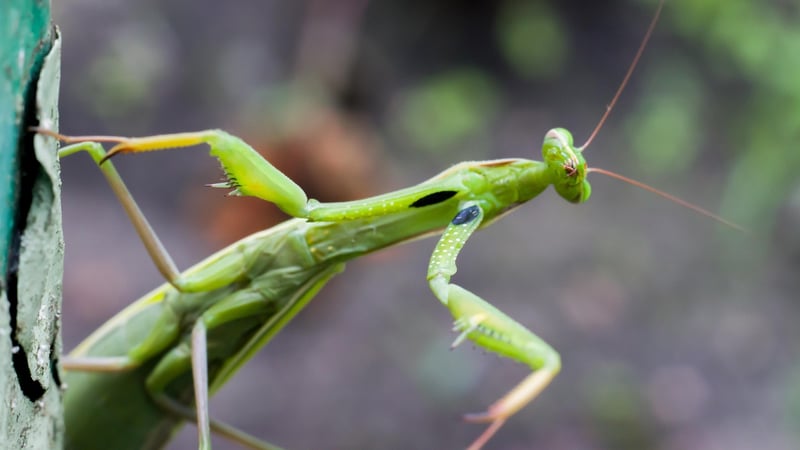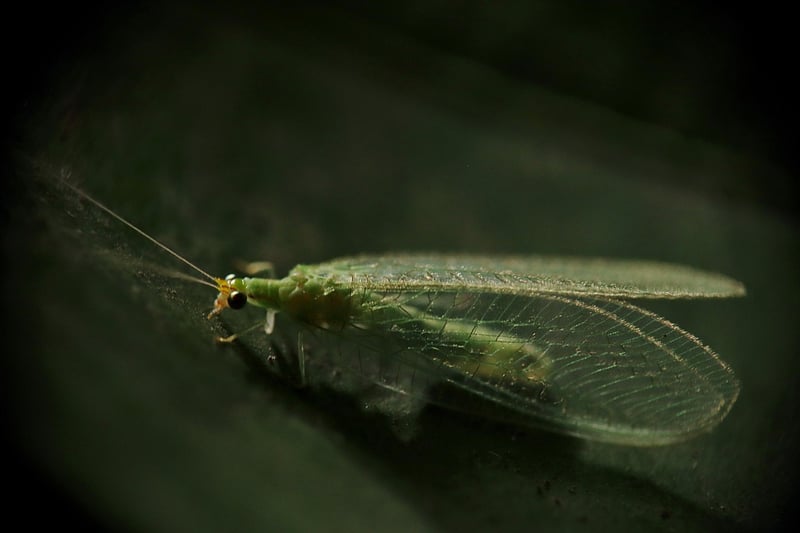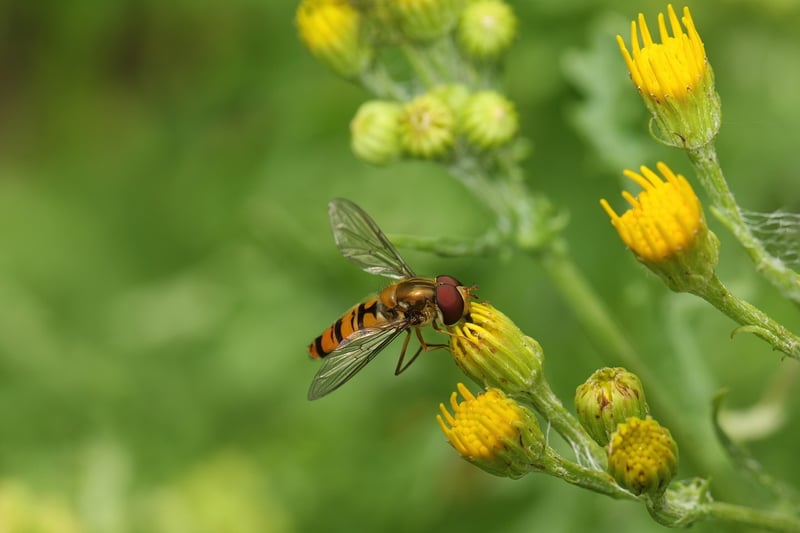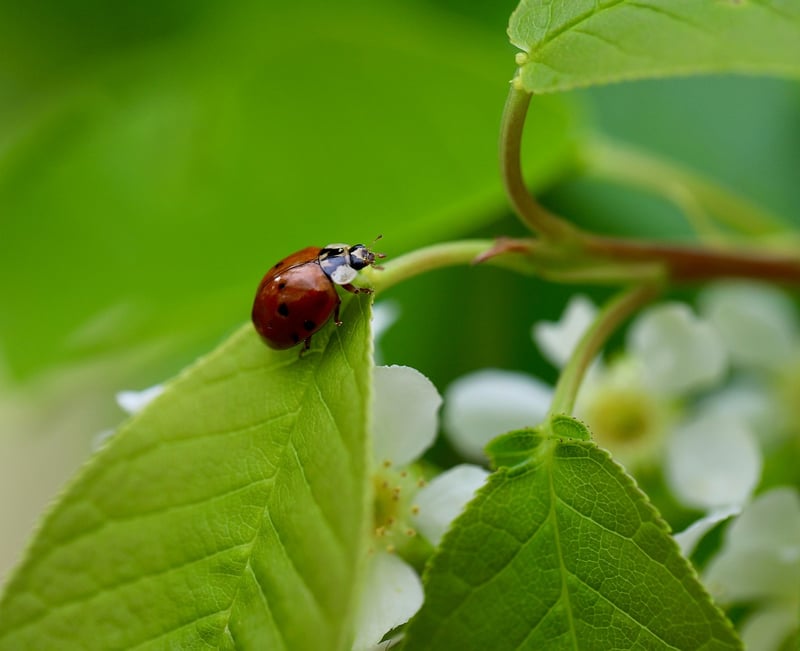Beneficial Insects
Maintaining Plant Health with Beneficial Insects
Plants are a vital part of our environment, providing oxygen, food, and beauty. To ensure the health and longevity of plants, it's essential to consider natural methods of pest control. One effective and eco-friendly way to protect plants from harmful insects is by introducing beneficial insects into your garden or green space.
Why Beneficial Insects?
Beneficial insects are organisms that prey on harmful pests, helping to keep their populations in check. By attracting or releasing these beneficial bugs, you can create a natural balance that reduces the need for chemical pesticides, ultimately promoting a healthier ecosystem for your plants.
Common Beneficial Insects
- Ladybugs: These colorful beetles feed on aphids, mealybugs, and mites, making them great allies for your garden.
- Praying Mantis: Known for their voracious appetite, praying mantises consume a wide variety of insects, including caterpillars and beetles.
- Lacewings: The larvae of lacewings are ferocious predators, feeding on aphids, thrips, and other soft-bodied pests.
- Hoverflies: Adults feed on nectar and pollen, while their larvae prey on aphids, making them valuable pollinators and pest controllers.
Attracting Beneficial Insects
To encourage beneficial insects to frequent your garden, consider planting a diverse array of flowers that provide food and shelter. Some excellent choices include marigolds, dill, fennel, and yarrow. Avoid using broad-spectrum pesticides that can harm both harmful and beneficial insects.
Conclusion
By harnessing the power of beneficial insects, you can protect your plants from pests in a natural and sustainable way. These tiny allies play a significant role in maintaining plant health and promoting a thriving garden ecosystem.
